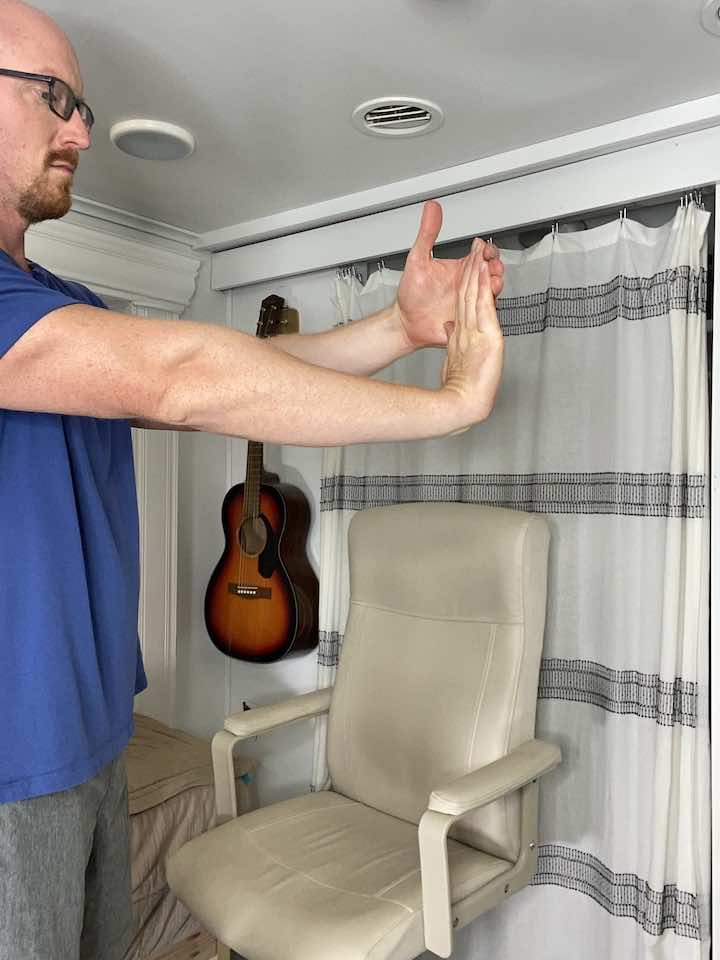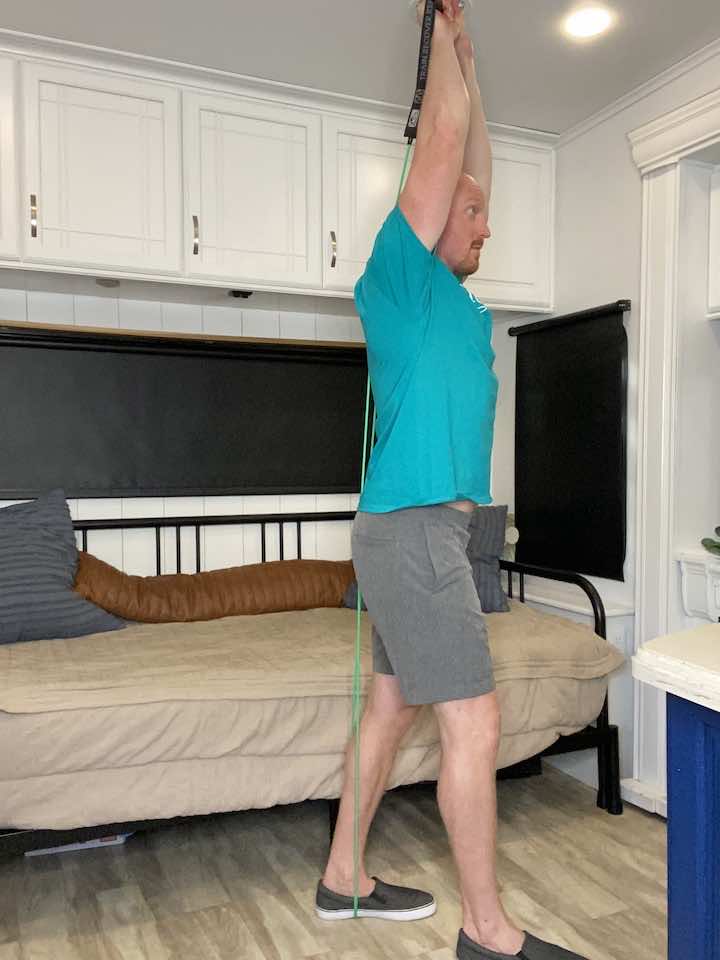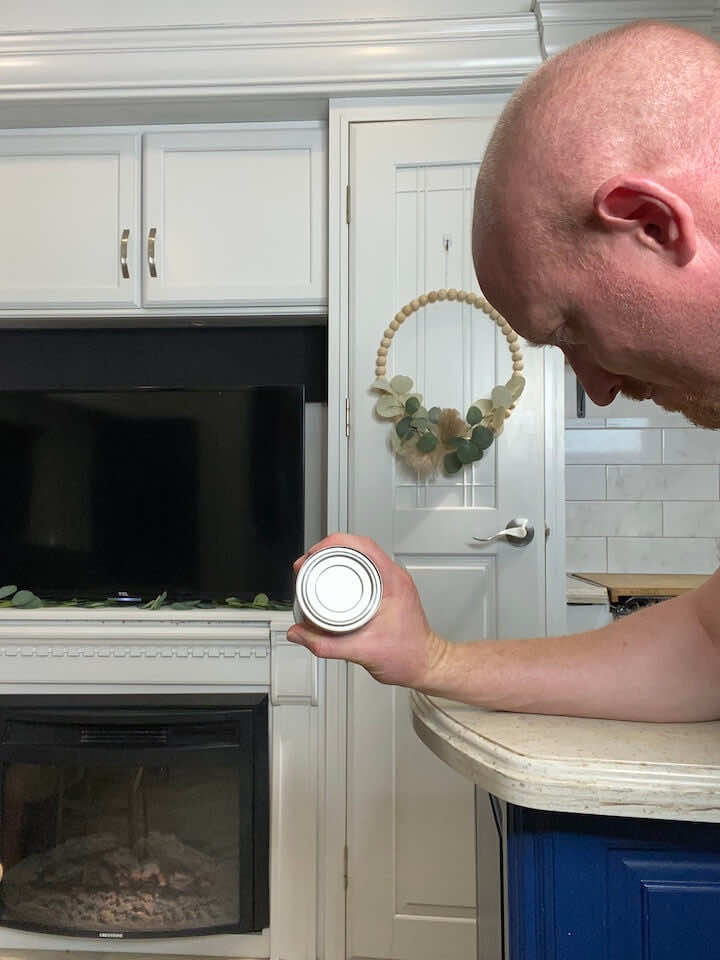Free download: Top 10 Natural & Easy Remedies for Joint Pain from Home. Learn these helpful remedies.
Estimated Reading Time: 6 minutes read
Elbow rheumatoid arthritis can be challenging, causing significant discomfort and limiting daily activities. This condition occurs when the immune system mistakenly attacks the joints, leading to inflammation and pain. Understanding the basics of elbow rheumatoid arthritis is essential for managing its symptoms effectively.
In this article, we’ll explore the causes, symptoms, and some practical exercises that can help alleviate pain without overwhelming you with medical jargon.
The early stages of elbow rheumatoid arthritis might not seem severe, but early intervention is crucial. By recognizing the symptoms early and starting appropriate exercises, you can significantly improve your quality of life.
This guide aims to provide straightforward information and easy-to-perform exercises specifically designed for those with this condition.
Table of Contents
Understanding Elbow Rheumatoid Arthritis
Before diving into the exercises, it’s important to understand what leads to rheumatoid arthritis in the elbow. Here are some causes and risk factors:
- Genetic predisposition: A family history of rheumatoid arthritis can increase your risk.
- Autoimmune response: The body’s immune system mistakenly attacks the joint lining.
- Environmental factors: Certain infections and environmental factors may trigger the disease.
- Age and gender: It is more common in women and usually develops between ages 40 and 60.
Symptoms to Watch Out For
Elbow rheumatoid arthritis manifests in various ways, and being aware of these symptoms can help in early diagnosis and treatment:
- Joint pain and tenderness: Persistent discomfort in the elbow.
- Swelling: The area around the elbow may feel swollen and warm.
- Reduced range of motion: Difficulty in bending or extending the arm fully.
- Stiffness: Especially noticeable in the morning or after periods of inactivity.
- Fatigue: A general feeling of tiredness and malaise.
- Joint deformity: As the condition progresses, it may cause visible changes in the joint’s appearance.
Exercises for Elbow Rheumatoid Arthritis
Engaging in gentle exercises can significantly alleviate the symptoms of elbow rheumatoid arthritis. Here are some recommended exercises:
A: Isometrics and Range of Motion Exercises
Isometrics and range of motion exercises are gentle yet effective in maintaining joint function without causing undue stress. Here are some exercises to incorporate into your daily routine:
1. Isometric Elbow Flexion

- Sit up straight at a table with your hands placed underneath, palms facing up
- Raise your hands straight up as if you’re trying to lift the table
- Hold this position for 5 seconds
- Release and repeat the movement 10 times
- This exercise helps to strengthen the muscles supporting your elbow joint and improve its stability.
2. Isometric Elbow Extension
- Sit straight at a table with your hands on the surface, palms facing down.
- Push your hands down on the table as if trying to push it away.
- Hold this position for 5 seconds.
- Release and repeat the movement 10 times.

3. Wrist Flexion Stretch


- Straighten your arm and bend your wrist forward as if signaling someone to “come.”
- Use your opposite hand to gently apply pressure across the back of your hand and pull it towards you until you feel a stretch on the top of your forearm.
- Hold for 30 seconds.
- Repeat 5 times, then move to the other arm.
4. Wrist Extensor Stretch


- Straighten your arm and bend your wrist as if signaling someone to “stop.”
- Use your opposite hand to gently apply pressure across the palm and pull it toward it until you feel a stretch inside your forearm.
- Hold for 30 seconds.
- Repeat 3 times, then move to the other arm.
B: Resistance Training
Building muscle strength around the joints can help support and protect them, reducing the symptoms of rheumatoid arthritis. Try the following resistance exercises:
1. Bicep Curls with Resistance Band


- Stand with both your feet in the middle of the resistance band, holding one end of the band in one hand.
- Keep your arms straight and by your sides, with your palms facing forward.
- Slowly bend your elbow, bringing your hands towards your shoulders while keeping your elbows close to your sides.
- Hold a moment, then slowly straighten your arms to return to the starting position.
- Repeat the movement for 10 repetitions, then switch to the other arm.
- Aim for 3 sets of this exercise.
2. Tricep Extension with Resistance Band


- Stand in the middle of the band with one foot, holding the other end of the band with both hands.
- Extend your arms straight up above your head.
- Lower the band behind your head, bending at the elbow and keeping your elbows pointing forward.
- Extend your arms back up, straightening your elbows.
- Repeat the movement for 10 repetitions, then switch to the other arm.
- Aim for 3 sets of this exercise.
3. Wrist Lifts


- Sit in a chair with a soup can or lightweight in your hand.
- Rest your forearm on a table or on your lap, with your palm facing downward and your wrist in a neutral position.
- Keep your elbow bent at a 90-degree angle.
- Lift the weight by flexing your wrist and raising your hand up toward your body.
- Hold the contraction for a few seconds, then slowly lower the weight back down to the starting position.
- Make sure to isolate the movement to your wrist and avoid using your forearm to lift the weight.
- Repeat the movement for 10 repetitions and 3 sets, and gradually increase the weight or resistance as you progress.
4. Wrist Curls


- Sit in a chair with a soup can or lightweight in your hand.
- Rest your elbow on a table, with your palm facing upward and your wrist in a neutral position.
- Keep your forearm still and isolated, and lift your wrist by curling it toward your body.
- Hold the contraction for a few seconds, then slowly return to the starting position.
- Remember to isolate the wrist and avoid using your forearm to lift the weight.
- Repeat the movement for 10 repetitions and 3 sets, and gradually increase the weight or resistance as you progress.
5. Forearm Supination


- Begin positioned just like you were for forearm pronation.
- This time, slowly turn the forearm until the palm faces up towards the ceiling, then return to your starting position.
- Repeat 10 repetitions for 3 sets.
6. Forearm Pronation


- Begin seated in a chair with the elbow supported on a surface (e.g., kitchen table).
- Position the forearm and wrist so that the thumb is facing the ceiling.
- Slowly turn the forearm until the palm faces down towards the surface, then return to your starting position.
- Repeat 10 repetitions for 3 sets.
Care Tips for Managing Elbow Rheumatoid Arthritis
Managing elbow rheumatoid arthritis isn’t just about performing exercises; it’s also about taking care of your overall health:
- Regular check-ups: Visit your healthcare provider regularly to monitor the condition.
- Balanced diet: Eat a diet rich in anti-inflammatory foods.
- Adequate rest: Ensure you get enough rest to prevent excessive joint stress.
- Stress management: Engage in activities that reduce stress, as stress can exacerbate symptoms.
Conclusion
Living with elbow rheumatoid arthritis can be challenging, but it’s manageable with the right approach and attitude. By understanding the condition and incorporating simple exercises and care strategies into your daily routine, you can maintain an active, fulfilling life despite having rheumatoid arthritis.
Remember, the key to managing this condition effectively is early detection and proactive management. Stay positive, and don’t hesitate to seek support from healthcare professionals and communities alike.












